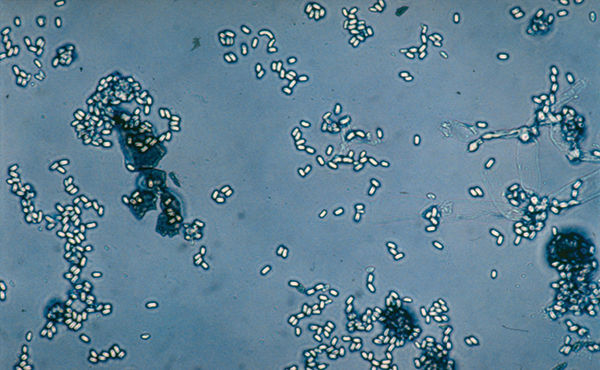About Nosemosis (Nosema)
Nosemosis (also called nosema) is caused by a single-celled fungus parasitic disease in honey bees. It is the most common animal disease in adult bees and highly contagious.
The cause of the disease, Nosema apis and Nosema ceranae, are single-celled fungus, parasites belonging to the group of small sporozoans. The bees ingest the spores via food and at watering places and while cleaning the honeycomb or through other hive parts. A few spores can already lead to an infection. After ingestions, the spores enter the abdomen of the bee and create a considerable destruction to the intestinal epithelium, which greatly reduces the bee’s metabolic activity.
The pathogen, originally occurring in the Eastern honey bee, Nosema ceranae, was also detected in the Western honey bee in 2005 for first time. Ever since, Nosema caranea has been spread throughout Europe. Especially in Spain, Nosema ceranae is widespread and causes high losses of bees.
Due to unfavourable factors, frequently occurring in the spring, such as bad weather, inadequate pollen supply or an unfavourable bee site, the outbreak of Nosema apis occurs.
Both pathogens cause serious intestinal diseases and may lead to a shortened life span of adult bees. A characteristic of infection with Nosema apis are brown or yellow brown excrement stains inside the beehive and on the honeycombs. However, in Nosema ceranae infections, the described typical symptoms are lacking. Here, the main symptom of the disease is visible through the slowly declining number of bees in the beehive.
The transmission of Nosema apis to other colonies can occur through contaminated combs or the beekeeper’s equipment, as well as robbing and flying to the wrong hive through individual bees. The disinfection of the existing hive and honeycomb material and the beekeeper’s tool plays an important role in the outbreak of the disease.

